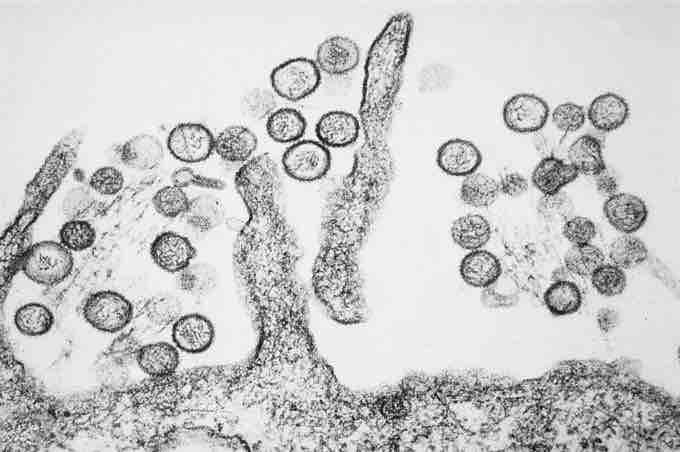Ecosystem Dynamics
An ecosystem is a community of living organisms (plants, animals, and microbes) existing in conjunction with the nonliving components of their environment (air, water, and mineral soil), interacting as a system. These biotic and abiotic components are linked together through nutrient cycles and energy flows. As ecosystems are defined by the network of interactions among organisms, or between organisms and their environment, they can be of any size, but usually encompass specific, limited spaces.
Internal and External Factors
Ecosystems are dynamic entities controlled both by external and internal factors. External factors, such as climate and the parent material that forms the soil, control the overall structure of an ecosystem and the way things work within it, but are not themselves influenced by the ecosystem. While the resource inputs are generally controlled by external processes, the availability of these resources within the ecosystem is controlled by internal factors such as decomposition, root competition, or shading. Other internal factors include disturbance, succession, and the types of species present. From one year to another, ecosystems experience variation in their biotic and abiotic environments. A drought, an especially cold winter, and a pest outbreak all constitute short-term variability in environmental conditions. Animal populations vary from year to year, building up during resource-rich periods, but crashing as the food supply becomes scarce.
Equilibrium is the steady state of an ecosystem where all organisms are in balance with their environment and with each other. In equilibrium, any small changes to the system will be balanced by negative feedback, allowing the system to return to its original state.
Resistance and Resilience
In ecology, two parameters are used to measure changes in ecosystems: resistance and resilience. Resistance is the ability of an ecosystem to remain at equilibrium despite disturbances. Resilience is the speed at which an ecosystem recovers to equilibrium after being disturbed. Humans may impact the nature of an ecosystem to such a degree that the ecosystem can lose its resilience entirely. In these cases, external human influences can lead to the complete destruction or irreversible altering of the ecosystem equilibrium.
Human intervention in ecosystem equilibrium
The Australian Aboriginal practice of "Fire-stick farming" has fundamentally modified Australian ecosystems. The legacy of this practice over long periods has resulted in forests being converted to grasslands. In this example, the forests became less and less resilient over time until the fundamental system equilibrium had changed.
The Sin Nombre Virus: Ecosystem Dynamics in a Human Population
In 1993, a change in ecosystem dynamics caused a disease outbreak in a human population. In May of 1993, an unexplained pulmonary illness struck inhabitants of the southwestern United States in an area shared by Arizona, New Mexico, Colorado and Utah known as "The Four Corners. " A young, physically fit Navajo man suffering from shortness of breath was rushed to a hospital in New Mexico and died rapidly. After further investigation, state officials located another five young, healthy people who had all died after acute respiratory failure.
When laboratory tests failed to identify the disease causing the deaths, New Mexico state health officials notified the Centers for Disease Control (CDC), the United States government agency responsible for managing potential epidemics. As additional cases of the disease were reported in the following weeks, physicians and scientists worked intensively to narrow down the list of possible causes. Virologists at the CDC linked the pulmonary syndrome with a virus - a previously unknown type of hantavirus. The hantavirus became known as Sin Nombre, the virus "with no name. "

Sin Nombre hantavirus
After a series of sudden deaths in 1993, scientists in the Four Corners area of the Southwestern United States rushed to determine the cause. They isolated a previously unknown hantavirus that caused pulmonary failure or Hantavirus Pulmonary Syndrome (HPS). The new virus was named Sin Nombre, or virus with "no name. "
Although they identified the virus as the cause of the disease, researchers did not understand how it was transmitted. The researchers trapped and examined rodents that lived in and around the homes of the victims, and found that almost 30% of the deer mice were infected with the Sin Nombre hantavirus. The virus had been transmitted to humans via aerosolized mouse droppings, and a dramatic increase in the deer mouse population increased human infection rates.
The Four Corners area had experienced a drought until early 1993, when there were heavy snows and rainfall. The end of the drought caused an increase in vegetation, and particularly pinon nut production. With the sudden increase in food supply, the local deer mice population exploded and reproduced so rapidly that there were ten times more mice in May 1993 than there had been in May of 1992. The higher population of deer mice meant more mouse droppings and more opportunities to transmit hantavirus to humans.
Ecosystem dynamics can affect human populations
The Four Corners area had been in a drought for several years. In early 1993, the rainfall caused an increase in vegetation, which caused an increase the local deer mice population. Hantavirus infected the high deer mouse population and was quickly transmitted to humans via aerosolized mouse droppings.
As part of the effort to locate the source of the virus, researchers located and examined stored samples of lung tissue from people who had died of unexplained lung disease. Some of these samples showed evidence of previous infection with Sin Nombre virus, indicating that the earlier cases of the disease had not been recognized. The Navajo Native Americans recognize a similar disease in their medical traditions, and associate its occurrence with mice.